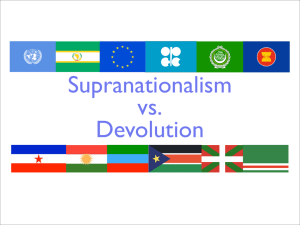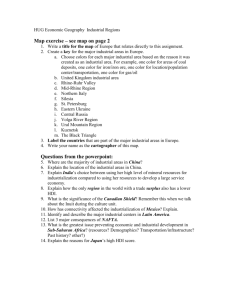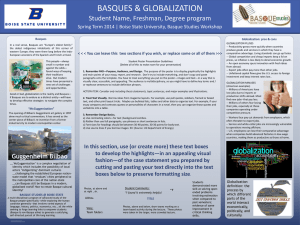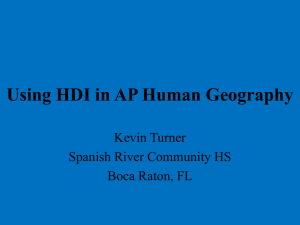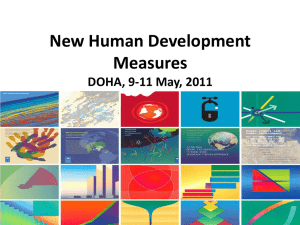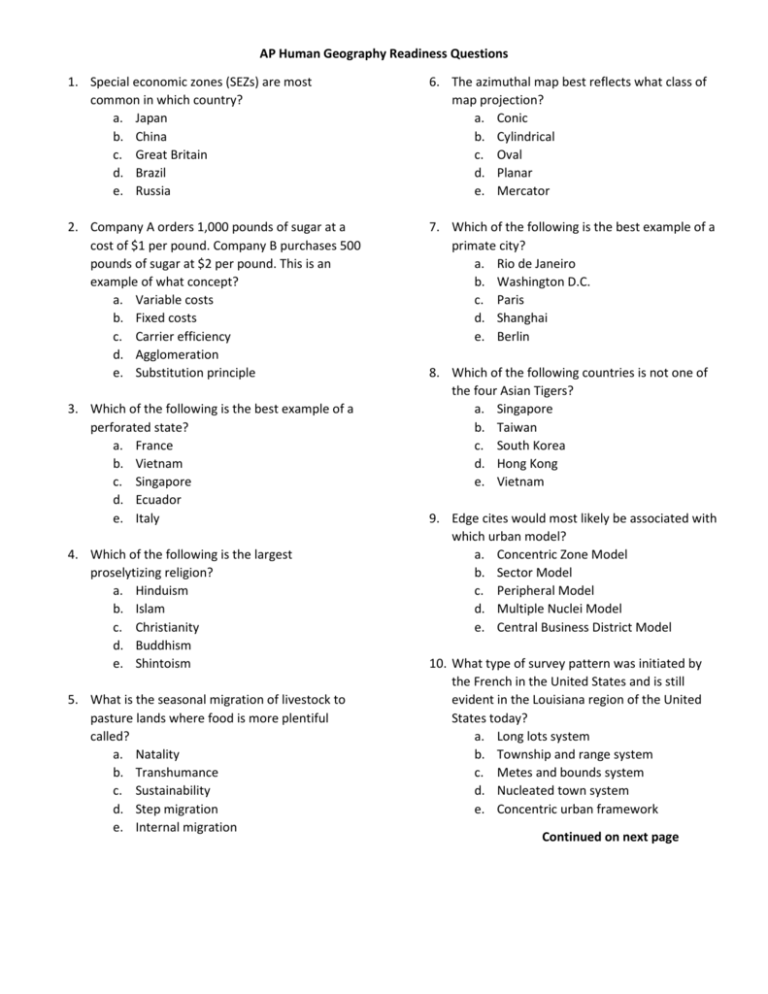
AP Human Geography Readiness Questions
1. Special economic zones (SEZs) are most
common in which country?
a. Japan
b. China
c. Great Britain
d. Brazil
e. Russia
6. The azimuthal map best reflects what class of
map projection?
a. Conic
b. Cylindrical
c. Oval
d. Planar
e. Mercator
2. Company A orders 1,000 pounds of sugar at a
cost of $1 per pound. Company B purchases 500
pounds of sugar at $2 per pound. This is an
example of what concept?
a. Variable costs
b. Fixed costs
c. Carrier efficiency
d. Agglomeration
e. Substitution principle
7. Which of the following is the best example of a
primate city?
a. Rio de Janeiro
b. Washington D.C.
c. Paris
d. Shanghai
e. Berlin
3. Which of the following is the best example of a
perforated state?
a. France
b. Vietnam
c. Singapore
d. Ecuador
e. Italy
4. Which of the following is the largest
proselytizing religion?
a. Hinduism
b. Islam
c. Christianity
d. Buddhism
e. Shintoism
5. What is the seasonal migration of livestock to
pasture lands where food is more plentiful
called?
a. Natality
b. Transhumance
c. Sustainability
d. Step migration
e. Internal migration
8. Which of the following countries is not one of
the four Asian Tigers?
a. Singapore
b. Taiwan
c. South Korea
d. Hong Kong
e. Vietnam
9. Edge cites would most likely be associated with
which urban model?
a. Concentric Zone Model
b. Sector Model
c. Peripheral Model
d. Multiple Nuclei Model
e. Central Business District Model
10. What type of survey pattern was initiated by
the French in the United States and is still
evident in the Louisiana region of the United
States today?
a. Long lots system
b. Township and range system
c. Metes and bounds system
d. Nucleated town system
e. Concentric urban framework
Continued on next page
Free Response Question
1. There are a number of high profile stateless nations in the world. Answer the following questions. When
answering questions B and C, consider these three stateless nations: Palestine, the Basque country, and
Kurdistan.
a. What is a stateless nation?
b. Geographically and culturally, what makes each group a nation?
c. What role do boundaries play in maintaining each group as a stateless nation?
Sample paragraph (this comes from the textbook that is used in class)
Inequality-Adjusted HDI
“The UN believes that every person should have access to decent standards of living, knowledge, and health.
The inequality-adjusted HDI (IHDI) is an indicator of development that modifies the HDI to account for inequality within
a country. Under perfect equality, the HDI and the IHDI are the same. If the IHDI is lower than the HDI, the country has
some inequality; the greater difference in the two measures, the greater the inequality. A country where only a few
people have high incomes, college degrees, and good health care would have a lower IHDI than a country where
differences in income, level of education, and access to health care are minimal.
The lowest scores (highest inequality) are in sub-Saharan Africa and South Asia. The score may be low in
Southwest Asia and North Africa, but the UN lacks data from a number of the regions countries.”
Rubenstein, James M. The Cultural Landscape: An Introduction to Human Geography. 11th ed.
Upper Saddle River, N.J.: Pearson/Prentice Hall, 2014. Print.
Answer Key
1.
2.
3.
4.
5.
6.
7.
8.
9.
10.
B
A
E
C
B
D
C
E
D
A
Free Response (answers may vary)
Sample-Essay
Part A
A stateless nation is a nation that has no state. In other words, it is a people who share a common culture
(language, ethnicity, religion) and attachment to a place on Earth, but have little political power or sovereignty in their
homeland.
Part B
The Kurds are an ethnic group of approximately 30 million people clustered in Southwest Asia, an area referred
to as Kurdistan. They have a distinct culture, share a common language (Kurdish), and are predominately Muslim.
The European Basques are an ethnic group clustered in the Pyrenees mountain region of Spain and France, an
area also known as Basque Country. They have a unique culture and speak and non-Indo-European language, one with
different roots than those spoken in surrounding countries.
The Palestinians are Arabs originally from Palestine, a country that was dissolved with the creation of Israel in
1948. The region occupied by Palestinians is often referred to as Palestinian territories or the State of Palestine. This
group primarily speaks Arabic and practices Islam.
Part C
The Kurds are divided among five countries: Turkey, Iran, Iraq, Syria, and Azerbaijan. As a result Kurds are
minorities in all five countries and are unable to acquire much political power. The region they inhabit is mountainous,
which also makes it difficult for them to communicate or unite. The area also includes the headwaters of the Tigris and
Euphrates Rivers. Since water is so valuable in this part of the world it is doubtful that Turkey or any other country will
be willing to allow the Kurds more political power, let alone their own country.
The European Basques occupy an area near the Bay of Biscay in the western portion of the Pyrenees Mountains
in both Spain and France. Since the Basques are spread across two countries, it makes it difficult for them to gain
significant political power. The Basques are more numerous in Spain and have been fighting for autonomy from Spain
for many decades. Basque separatists have resorted to terrorist methods to try to gain independence from Spain, but to
no avail.
The Palestinians are mainly clustered in the West Bank, Gaza Strip, and Golan Heights in portions of Israel.
Significant populations live in refugee camps in Syria, Lebanon, and Jordon. The fact that they are dispersed in a number
of areas makes it difficult for them to politically become a unified force. Additionally, often-violent protest tactics and
failed diplomatic proceedings with Israel have made a stable Palestinian state untenable in the near future.


